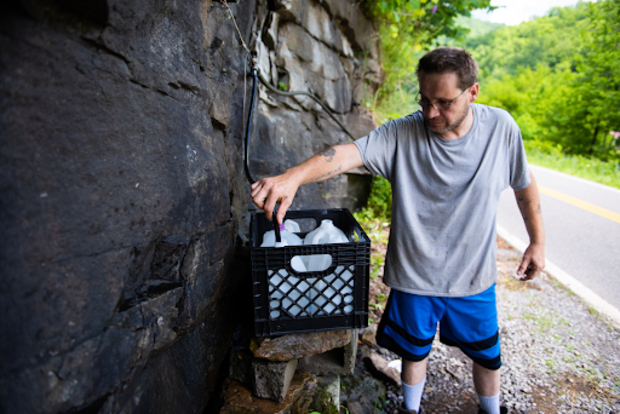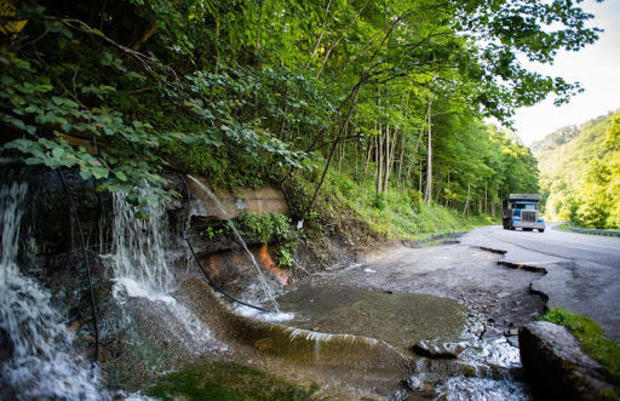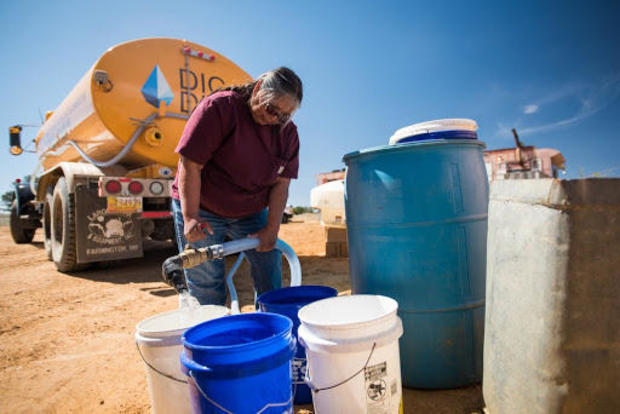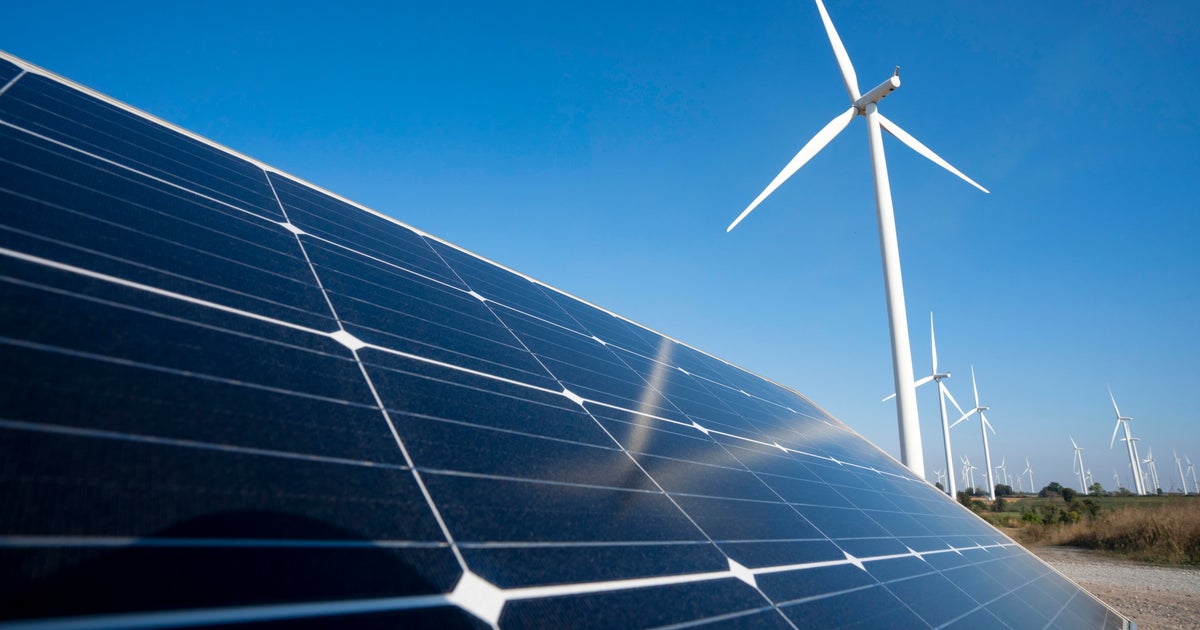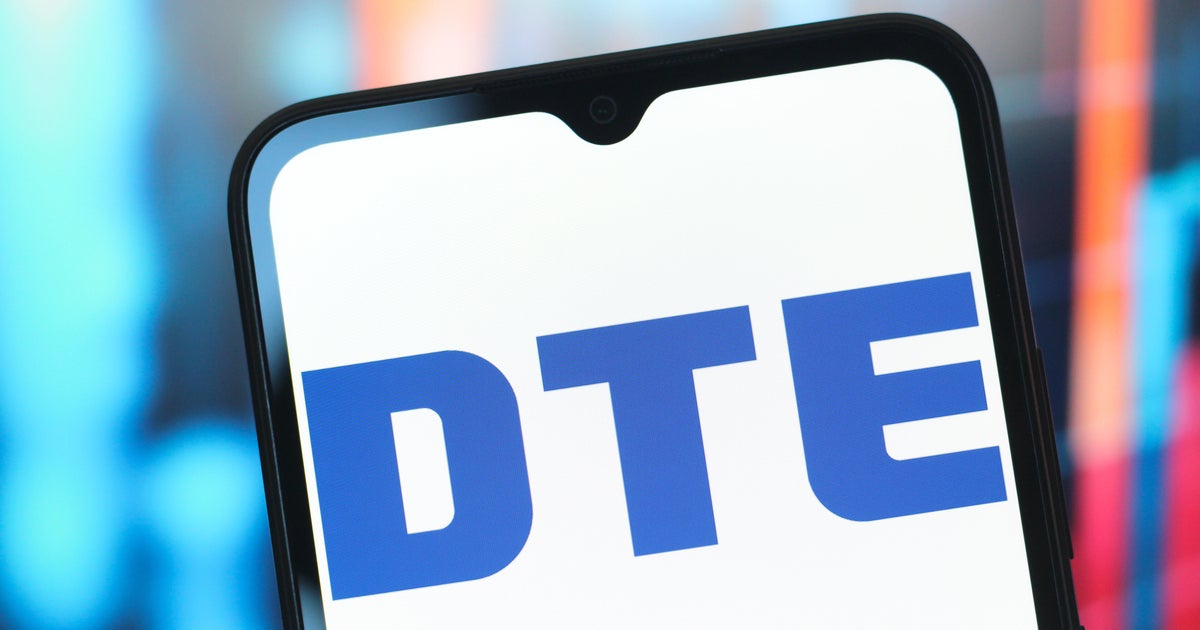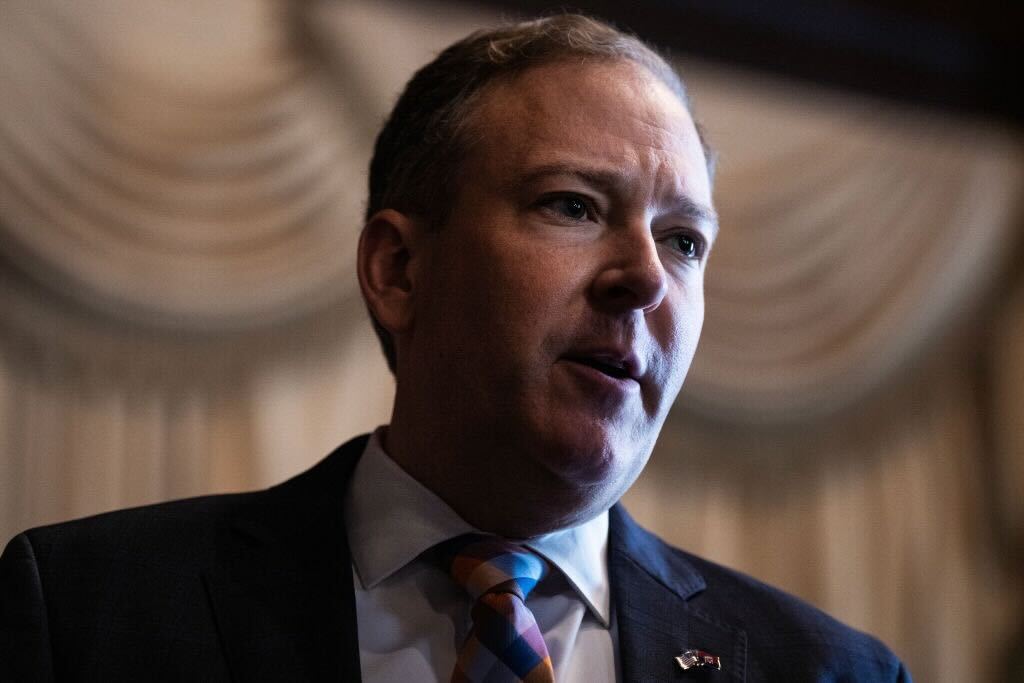Demand for water is rapidly increasing as supply dwindles
Limited access to clean water remains a struggle for millions of Americans. And lack of water access is expected to become an even greater problem in the coming years across the U.S. and around the world.
In West Virginia, many households in McDowell County rely on collecting water from fresh springs, which might freeze over in the winter or run dry in the summer. Bob McKinney is the Appalachia Water Project manager for DigDeep, a nonprofit that works to provide water to Americans who wouldn't otherwise have access. He says he estimates that about half of McDowell's population doesn't have reliable running water in their homes.
"We've had people come to the food banks to get food and they'll tell us they need access to clean drinking water because [they] haven't had water for two weeks," McKinney said. He explained that it's often because a water pump went down or a line ruptured due to deteriorating infrastructure. But in other cases, some families only have water lines connected to a contaminated well, where the water is unusable.
Across the United States, about 2.2 million people don't have running water, according to data collected by DigDeep.
On a global scale, "around four billion people — almost two thirds of the living human race — experience severe water scarcity for at least one month out of the year," Laurence Smith wrote in "Rivers of Power," a book published last year about how water has shaped civilization.
By the year 2030, there will be a 40% gap between global water supply and demand, according to predictions by the World Economic Forum.
"Many of our biggest or most important rivers now run dry, or nearly so, before they reach the river mouth at certain times of the year," said Smith, who is a professor of environmental studies at Brown University. "There are populations with huge dependencies on these rivers and that's why they are running dry."
He told CBS News that even when population growth is stable, higher standards of living also strain the water supply. "They want to eat more meat, which requires a lot more water, and they want to have more things, more industry, which require a lot more water," Smith said.
Smith wrote in "Rivers of Power" that "today, our demand for water is motivating plans for new river mega-engineering projects at a scale and pace the world has never seen" and that "the coming years will see the most elaborate river diversion schemes ever imagined."
To help boost water supplies in Southern California, water and sanitation officials are working on plans for the largest recycled water project in the nation.
"We want to take almost two-thirds of the waste water that goes into the ocean and turn it into safe, clean drinking water that can replenish our groundwater basins," said Jeffrey Kightlinger, the general manager of the Metropolitan Water District of Southern California, which aims to develop the project with the Los Angeles County Sanitation District. The cost would be about $3.5 billion.
Water access is also a major concern in Navajo Nation, where approximately 30% of the 173,000 residents lack running water. DigDeep has installed water systems for 259 families but there are thousands more who still don't have access. This has caused even greater hardship as the community struggled with the coronavirus pandemic.
According to the Covid Tracking Project, Black and Native Americans have been dying from the disease at about 1.4 times the rate of White Americans. Native Americans are also 19 times more likely to not have running water in their homes, according to data from DigDeep. Black Americans are twice as likely.
"For all of COVID, there were really only two things we could do to prevent infection, we could stay home and we could wash our hands… and those two things are impossible if you don't have running water at home," said George McGraw, CEO of DigDeep. "You can't wash your hands because you don't have water and you're constantly being forced to break social isolation to go collect water."
McGraw explained that at the beginning of the pandemic, many residents of Navajo Nation would go to buy water only to find that stores were out of stock as others hoarded supplies. Buying limits at stores also prevented residents from getting the amount of water required for basic needs when water became available.
"There could be an elderly lady that has to go outside and retrieve water from a 55-gallon barrel… or it could be a child that goes outside and gets water for their single mom," said Cindy Howe, project manager for DigDeep's Navajo Water Project. "And even the outhouses, they are located 50 feet from somebody's house. They have to walk out there in the snow and the rain, whatever. That's what I see on a daily basis."
To address the issue of water access in the United States, DigDeep lists several policy recommendations in its Close The Gap report. They include keeping a federal record of how many Americans don't have running water and dramatically increasing the amount of funding available to communities without water.
"And make that funding more available as grants rather than loans, trust communities with these funds rather than forcing them to prove how they're going to pay them back to the government," McGraw said. "The fact that most of the white communities in this country have water systems, those systems were built with federal grant funds, they were built with free money. And so to have most of the communities that don't have access to water, which are predominately communities of color, prove how they are going to pay back a loan is an injustice."
McGraw also told CBS News that the U.S. government also needs to develop a WASH sector — short for water, sanitation and hygiene — which would focus on ensuring all Americans have access to clean water and proper sanitation infrastructure.
"A lot of people take water for granted," Howe said. "But here it's very sacred because we know a lot of people don't have water."
